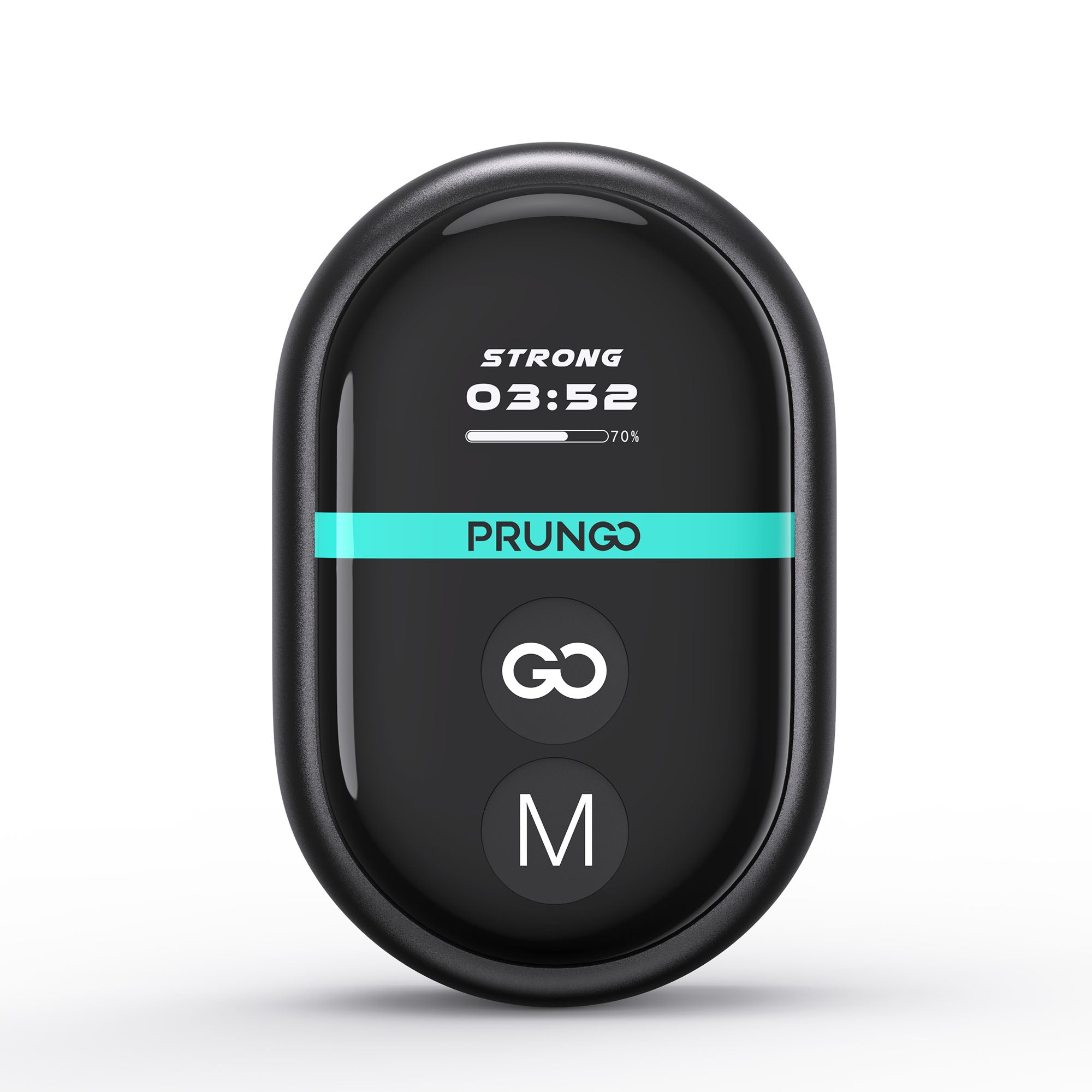
7 Ways to Relieve Shoulder Blade Pain at Home
Shoulder blade pain is a common discomfort that affects many individuals, impacting daily activities and overall well-being. In this guide, we'll explore practical and effective ways to find relief within the comfort of your home.
What causes shoulder blade pain?
Shoulder blade pain, also known as scapular pain, can result from various factors ranging from muscle strain to more complex underlying issues. Understanding the causes is crucial for effective management and relief.
Muscle Strain: Overexertion or sudden movements can strain the muscles surrounding the shoulder blades.
Poor Posture: Prolonged periods of slouching or sitting with poor posture can lead to muscle imbalances and strain.
Stress and Tension: Emotional stress can manifest physically, leading to tension and pain in the shoulder blades.
Shoulder Impingement: Compression of the tendons and bursa in the shoulder, causing pain and inflammation.
Rotator Cuff Injuries: Tears or inflammation in the rotator cuff muscles, impacting the shoulder blade region.
Thoracic Outlet Syndrome: Compression of nerves or blood vessels between the collarbone and first rib.
Cervical Radiculopathy: Nerve compression in the cervical spine, radiating pain to the shoulder blades.
Arthritis in the Shoulder: Inflammation of the shoulder joints, causing pain in the shoulder blades.
Fractures or Trauma: Injuries to the shoulder blades, such as fractures or contusions.
Referred Pain: Pain originating from other areas, such as the spine, and radiating to the shoulder blades.
How to relieve shoulder blade pain?
Shoulder blade pain can be debilitating, impacting daily life and comfort. This guide explores seven effective ways to relieve shoulder blade pain at home, providing detailed instructions and recommended treatment frequencies.
1. Stretching Exercises
Neck Stretches: Gently tilt your head to each side, holding for 15-30 seconds.
Shoulder Rolls: Roll your shoulders backward in a circular motion, then reverse.
Cross-Body Arm Stretch: Bring each arm across your chest, holding for 15-30 seconds on each side.
Behind-the-Back Stretch: Clasp your hands behind your back, lifting your arms for 15-30 seconds.
Upper Trapezius Stretch: Tilt your head to the side, gently applying additional stretch with your hand.
Child's Pose (Yoga): Sit back on your heels, reaching your arms forward on the floor.
Doorway Stretch: Stand in a doorway, placing hands on the frame at shoulder height, and lean forward.
Treatment Frequency:
Perform these stretches 2-3 times a day. Hold each stretch for 15-30 seconds, gradually increasing duration as your flexibility improves.

2. Posture Correction
Sit and Stand Straight: Keep your back straight, shoulders relaxed, and head in a neutral position.
Ergonomic Workspace: Adjust your chair height, desk level, and screen position to promote good posture.
Regular Breaks: Take breaks every 30 minutes to stand and stretch.
Treatment Frequency:
Incorporate these posture tips into your daily routine, ensuring continuous awareness of your body positioning, especially during extended periods of sitting.
3. Heat and Ice Therapy
Heat Therapy: Apply a heat pack to the affected area for 15-20 minutes.
Ice Therapy: Apply an ice pack for 10-15 minutes.
Treatment Frequency:
Use heat and ice therapy 3-4 times a day during acute pain or as needed. Ensure a cloth or towel is placed between the pack and your skin to prevent burns or frostbite.
4. Massage Techniques
Circular Motions: Gently massage the affected area using circular motions.
Pressure Points: Apply firm but gentle pressure with your fingers.
Treatment Frequency:
Incorporate self-massage 2-3 times a week or as needed. Adjust the frequency based on individual comfort and response.
5. Over-the-Counter Medications
Ibuprofen or Acetaminophen: Follow the recommended dosage on the packaging.
Treatment Frequency:
Adhere to the recommended dosage guidelines. Typically, these medications can be taken every 4-6 hours, but consult with a healthcare professional for personalized guidance.
6. Red Light Therapy
Red light therapy, also known as low-level laser therapy (LLLT) or photobiomodulation (PBM), has emerged as a promising non-invasive method to alleviate pain and promote healing.
Choose a Device: Invest in a red light therapy device designed for home use.
Application: Direct the red light to the affected shoulder blades for 10-15 minutes.
Treatment Frequency:
Use red light therapy 2-3 times a week. Follow the device's instructions for optimal results.

7. Relaxation Techniques
Deep Breathing: Inhale deeply through your nose, hold for a few seconds, and exhale through your mouth.
Meditation or Yoga: Practice mindfulness to reduce stress.
Treatment Frequency:
Incorporate relaxation techniques into your daily routine, dedicating 10-15 minutes each day to unwind and destress.
Tips
Listen to your body. If a stretch or technique causes pain beyond mild discomfort, stop and consult with a healthcare professional.
If shoulder blade pain persists or worsens, seek professional advice for personalized guidance.
By incorporating these seven effective ways into your routine and following the recommended treatment frequencies, you can actively manage and alleviate shoulder blade pain at home. However, individual responses may vary, and consulting with a healthcare professional is advisable for personalized advice.

PRUNGO MODULE
The Prungo Module effectively alleviates joint pain, reduces inflammation, and promotes the healing of damaged tissues.
- Choosing a selection results in a full page refresh.
!

